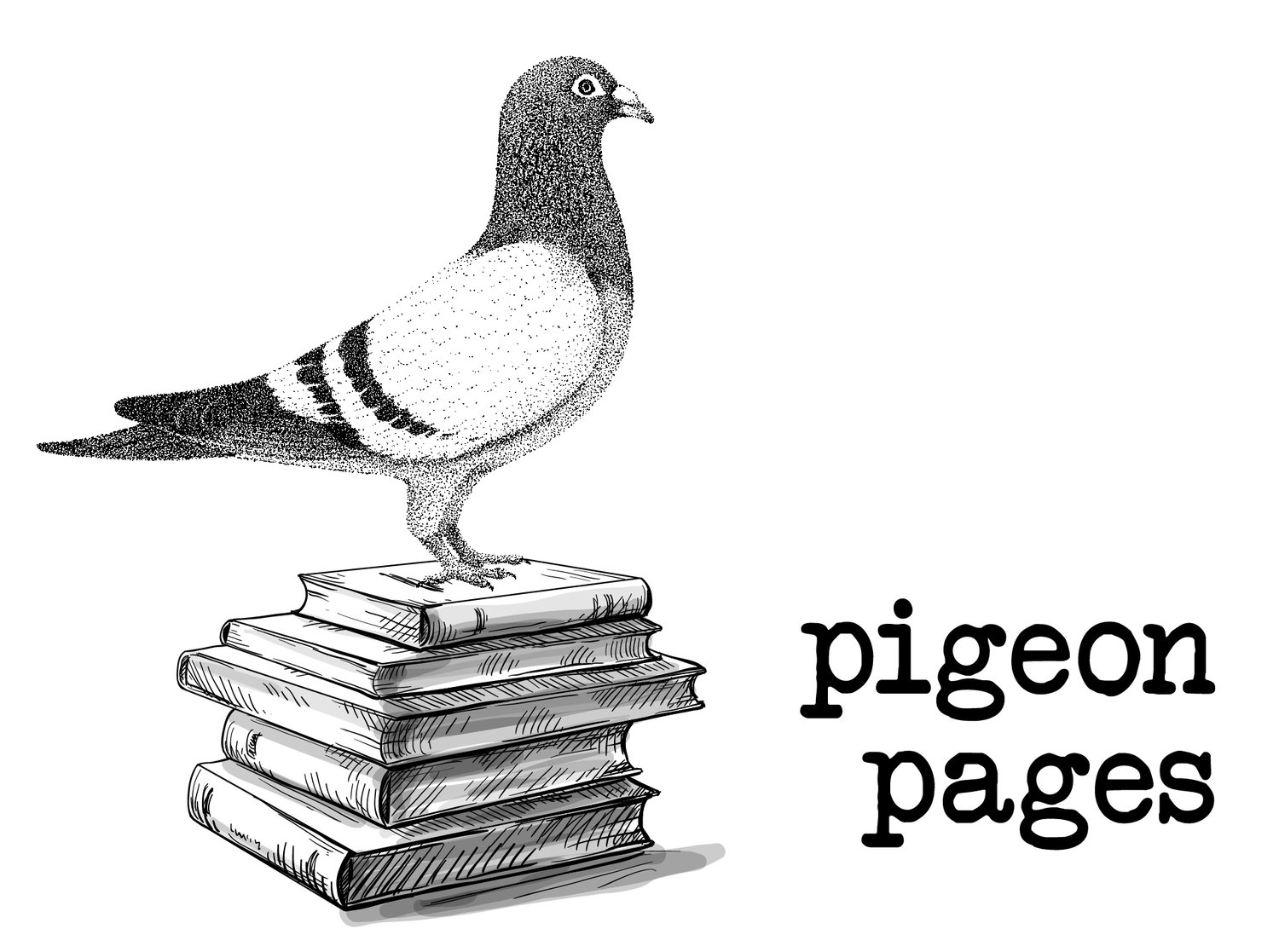[scene in which the poet is practicing cartography]
by Mila Barry
2023 Poetry Contest Honorable Mention
[On the floor, incomplete letters lie molting blue alphabet skins. Up to her neck in shedded ink, she codes the next attempt into quivering contour lines. Everything seen is attached to a long, willowing other. Milk-sun on every face and crease, cold in very particular places. This solitary figure, halting breath, waiting; someone is coming. Then the hushing, hushing, deliverance to brittleness.]
[Poet, fading in]
… for example, one thing I am charting is an instructional on breathing.
It would explain other things too, like how to move from your bed to the dinner table,
or how to engage in the study of translation,
or how to lose the time of day in a house full of loud-ticking clocks.
Once, I knew a woman who photographed her mother’s hands,
washed her own in the fixing bath, and used the negative to chart a path across the sea.
[Poet, again]
Let’s make a map legible to one, impervious to extraction,
and useful only for return.
Cleavage as a compass that falls across the pacific.
Each road and reach lifted from loving signature, perforation of film strip,
blistering comfort of recycled gesture.
I ask, ‘why do people die and why does love make us do wonderful and horrible things?’
I mean, ‘how do you draw an island without eyes?’
I begin, ‘after the break’ but stop because the framing is poor.
I google search the heart and receive a single result.
It says: I would like to know him as my mother knew him. I would like to learn how to miss him, properly.
[Poet, finally]
There are bodies that give rise to our gravity,
There are forces that keep our disparate pieces from floating into space.
As proof, try this exercise: return.
Find discomfort and rather than rushing, rushing to the center, trace it to the edge.
Ask if it has a shape, a sharper face, an organic turn, the number of axes you need to plot it.
Imagine waves with inverted crests, infrared images.
Sketch the perimeter of certainty, physical.
Sketch the veins of your wrists and palms on tracing paper.
Bind it all together in a book. Then
un-die/uncross/unmoor/unforget
and use the book to find me.
Published April 30th, 2023
Mila Barry studies a combined degree in History and Literature, with a focus on ethnic studies, at Harvard University. She's a journalist at The Harvard Crimson, an arts-based community organizer in her hometown, Gloucester, MA, and a poet wherever and whenever she can be. Raised by the ocean, she's happiest at the shore or on the marsh. When she's not outside, she spends her free time reading, baking bread, or doing pottery.
Cecilia Biagini (b. 1967, Buenos Aires Argentina) lives and works in Brooklyn NY since 1998. Her work extends through a range of media including painting, sculpture, photography performance and sound. She received a Photography Critics Award from the Centro de Arte y Comunicación, Buenos Aires (1989); and, has been granted two invitations through the Young Artists Scholarship to the Guillermo Kuitca workshop. Her works are included in several art collections including Toyota Research Institute, Cambridge MA, The University of Texas at San Antonio, The New York Public Library, South Texas Money Management, The Ministry of Education in Buenos Aires, Argentina, The Museum of Contemporary Art, MACBA in Buenos Aires, Argentina. Additionally, her artwork has been exhibited at Museo de Barrio NYC, The Hunterdon Museum of Art in New Jersey, the Recoleta Cultural Center, Buenos Aires, Argentina; The Museum of Fine Arts, Houston, TX; PROA Foundation, Buenos Aires, Argentina among others.

